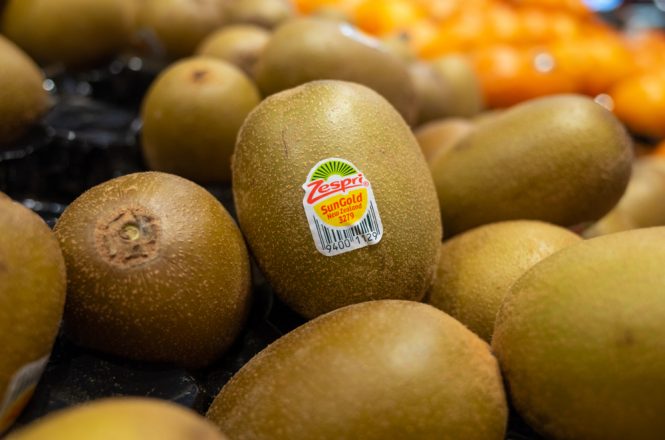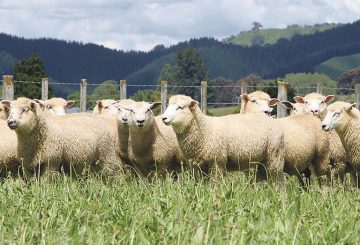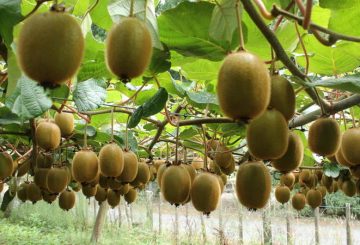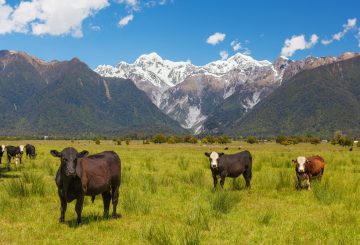제스프리는 타우랑가 항구에서 2021년 뉴질랜드 키위프루트를 최종 출하했다. 이 수송으로 뉴질랜드의 키위 시즌을 성공적으로 끝나게 됐다. 최종 선적량은 1,800톤으로 화물선은 12월 초 일본 도쿄와 고베 항에 하역할 예정이며, 일부 컨테이너는 홍콩까지 운항한다.
Zespri의 최고 글로벌 공급 책임자인 Alastair Hulbert에 따르면 올 시즌 글로벌 해운망 장애로 인해 제스프리가 키위프루트를 해외 항구로 운송하기 위한 전세 선박에 대한 의존도가 높아져 지난해 49척에 비해 올해는 66척으로 증가했다. 제스프리는 COVID-19의 지속적인 영향에도 불구하고 약 1만7000개의 냉장 용기를 사용하여 올 시즌 전세계 고객들에게 1억7700만개 이상의 1등급 키위를 성공적으로 출하했다.
Hulbert는 “노동력 부족, 비용 상승, COVID-19등과 같은 여러 악재가 겹쳐 지금까지 가장 어려운 시즌 중 하나였다. 2022년 시즌으로 가면서 이러한 어려움은 여전히 남아있을 것 같다” 라고 말했다.
제스프리는 올해 처음으로 1억개 이상의 쟁반을 출하하며 노란색 과육의 선골드 키위프루트 수출 신기록을 세웠다. 한편, 그린키프루트의 수출은 약 7700만 쟁반에 달했다.
제스프리의 중화권 총책임자 (Michael Jiang은 Procee Report의 11월 인터뷰에서 중화권 지역의 뉴질랜드 키위 판매량이 올해 처음으로 4천만 상자를 초과했다고 밝혔다. 중국 본토의 판매량은 이미 3천만 개의 상자를 넘어 섰으며 연말까지 3300만 개를 초과 할 수 있다고 바라봤다.
중국은 이제 제스프리에서 가장 크고 가장 중요한 시장으로 자리잡았으며, 특히 SunGold 키위의 세계 시장 점유율의 25% 이상을 차지한다. 즉, 수출되는 제스프리 선골드 키위 상자 4개 중 1개가 중국 시장으로 향하고 있다는 뜻이다. 제스프리는 중국 본토에서의 매출이 5년마다 두 배씩 증가할 것으로 전망하고 있으며, 뉴질랜드 키위 판매량은 2026년까지 총 6,000-7,000만개에 달할 것으로 보인다.
출처: Produce Report






























































